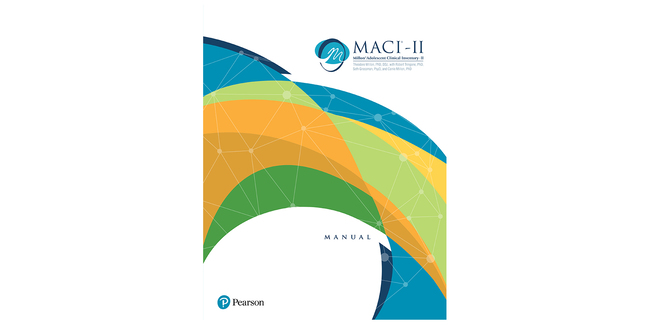The MACI®-II (Millon® Adolescent Clinical Inventory-II) was developed specifically for teens and adolescents to assess mental health and behavior concerns often unique to their age group, and assist in making reliable diagnostic and treatment decisions. Guidance on using this test in your telepractice.

Millon Adolescent Clinical Inventory-II
MACI-II
The MACI®-II (Millon® Adolescent Clinical Inventory-II) was developed specifically for teens and adolescents to assess mental health and behavior concerns often unique to their age group, and assist in making reliable diagnostic and treatment decisions. Guidance on using this test in your telepractice.Choose from our formats
Kits
Starter & complete kits, print & digital
1 option
Test forms reports
Booklets, record forms, answer sheets, report usages & subscriptions
4 options
Support materials
Manuals, stimulus books, replacement items & other materials
3 options
All products
All tests and materials offered for MACI-II
8 options
